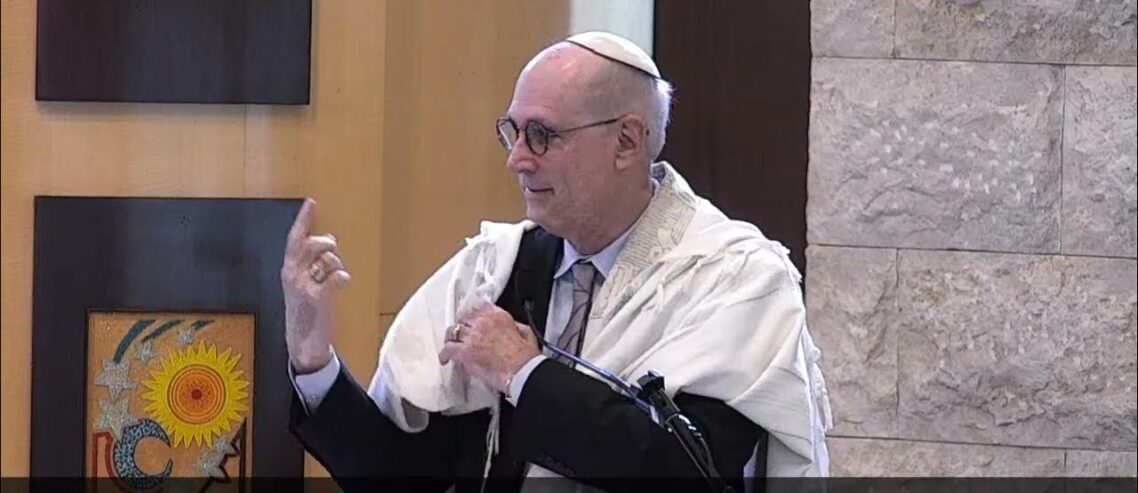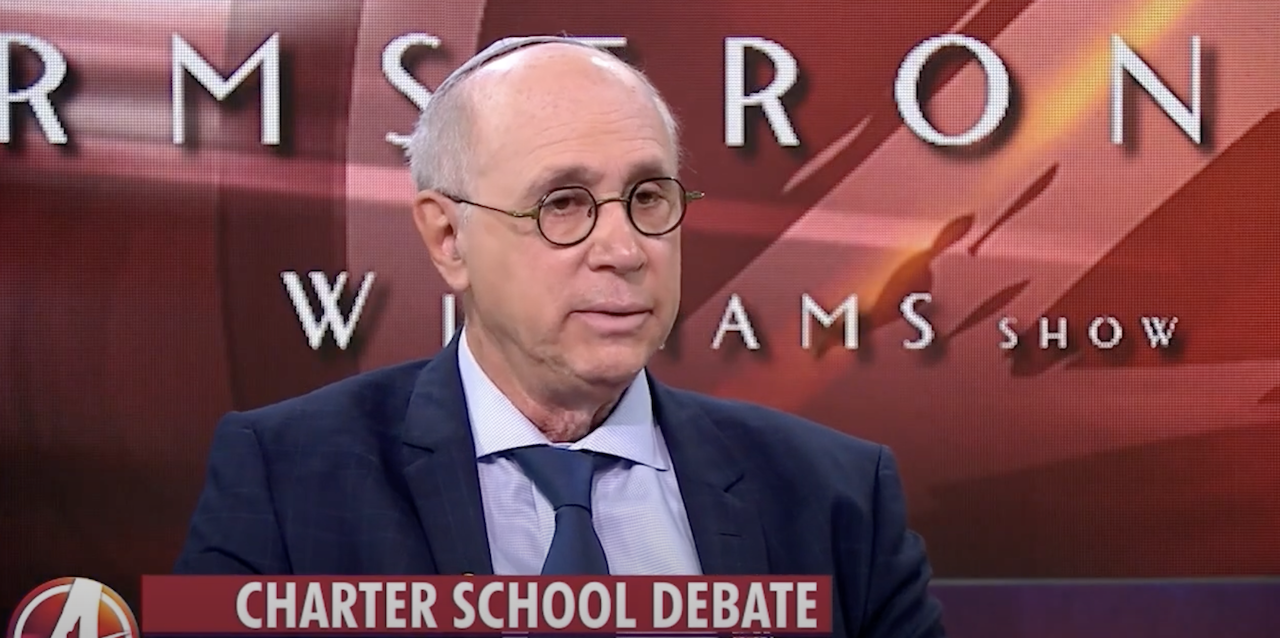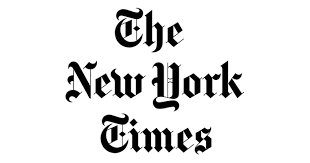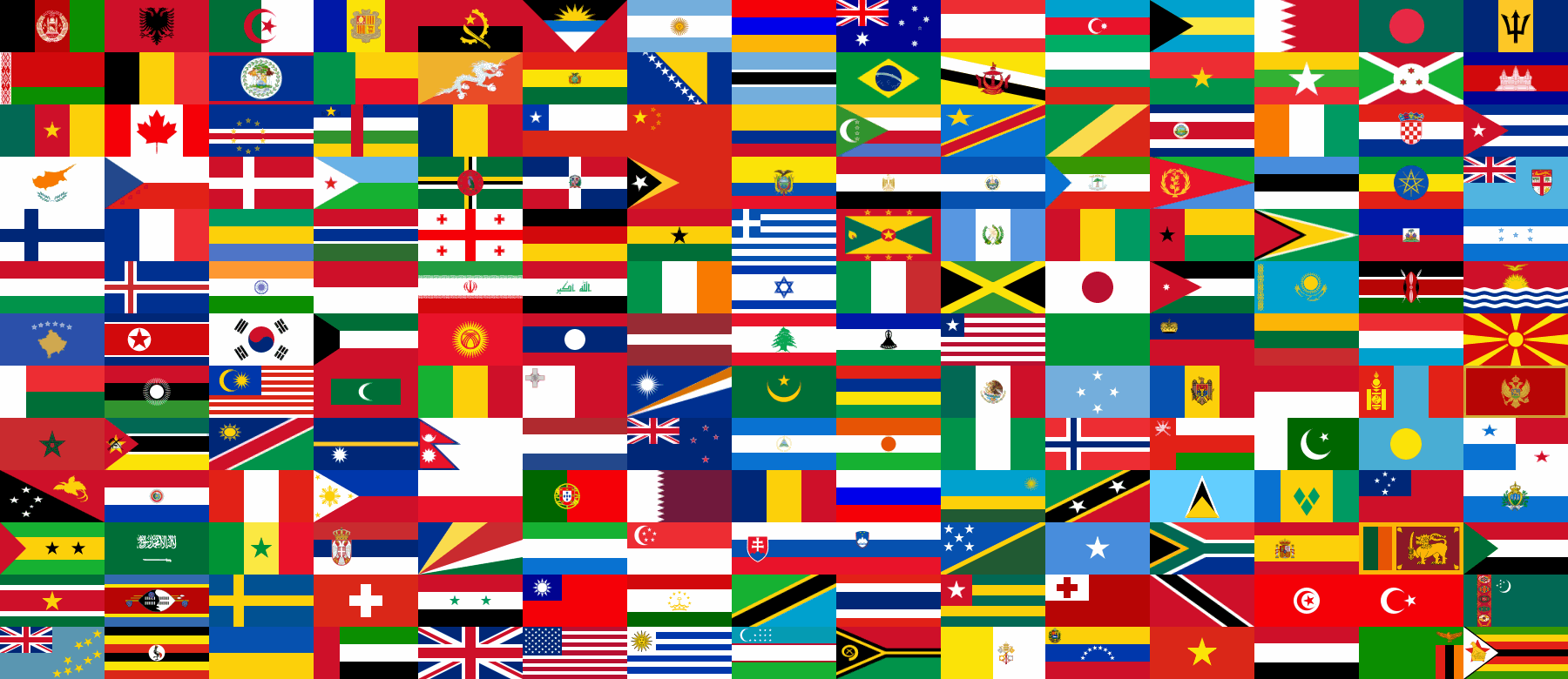The Meaning of a Name Scribbled on a Piece of Paper
Earlier this week I took my confirmation class on our annual trip to New York. Our first visit upon our arrival in Manhattan was the Jewish Heritage Museum in Battery Park. Its majestic view through the large windows of the Statue of Liberty, what for many of our ancestors may well have been their first glimpse of America, forms an appropriate backdrop to the Museum. After seeing the thought-provoking exhibits about the annihilation of Jews and destruction of the Jewish communities by the Nazis, we took a guided tour of the Lower East Side Tenement Museum, which offered a look back on the squalid conditions of the Jews who emigrated to New York in the early 20th century with nothing, and lived in poverty in packed and crowded quarters.
We also toured the historic Eldridge Street Synagogue and visited the Chabad Lubavitch Hasidic world of Crown Heights, where the children were exposed to a form of Judaism different from their lives, one in which everything is governed by halacha, Jewish law. We also saw the play “A Beautiful Noise” about the life and music of Neil Diamond, the son of Jewish immigrants from Russia.
After each visit, we paused to discuss and process what we saw.
I lead the trip because I want them to know something about Jewish history and our journey to America, and what life was like for the generations who preceded us. After all, our ancestors didn’t come straight to Potomac.
As I teach before the trip, we Jews live in a post-Enlightenment, post-Emancipation world. The question our ancestors who came to this country had to consider, and which is our challenge today as well is: How to maintain our religion, our way of life in the New World. Leaving behind the confines of the shtetls or ghettos of Europe, which insulated and isolated us from outside influences, they and we live in an open society. They and we are free to partake of American culture, of secular society. How does one preserve the connection to our heritage and observe our minhagim, our customs and traditions, when all is so available, accessible and tempting.
Many of the early immigrants made accommodations, some reluctantly, some willingly – such as starting to work on the Sabbath, something they never would have done in the old country.
I am reminded of the story of the young man who came to America from Poland in the early 1900’s. After several years, he had saved enough money to send for his parents to join him. They were shocked when they saw him and his new lifestyle. Gone was his beard. He no longer covered his head. He ate traif and no longer kept kosher. He worked on Shabbat. Each time his mother asked about his new way of life, he explained – “Mama, this is America.” And so he explained, it was necessary to shave his beard and not wear a yarmulke so he could blend in with the rest of the people he worked with. He had to work on Saturdays to make enough money to pay his rent and so on.
After growing increasingly concerned and distraught over how much he had changed since coming to America, and how much of his Jewish practices he had she, she got worried and leaned over and whispered to him, “Moisheleh, tell me. Are you at least still circumcised?!”
This question of how to balance acculturating to the society around us, while trying to balance and decide how and what Jewish rituals and practice to retain is a challenge modern Jews face every day.
There is one other element I wish to convey to our kids when we go to visit Jewish sites in New York – and that is – I want our kids to come away with a sense of Jewish pride and a positive Jewish identity. I want them to know that we are part of a people, part of an extended family.
In addition to the ways I try to weave that theme into our visits, the point was also made in an unexpected place, at our very first stop – a kosher pizza place in Lower Manhattan.
I have here a piece of paper, and on this piece of paper is scribbled a Hebrew name, given to me by the owner of the restaurant. Prior to our trip I had called Bravo Kosher Pizza, a small restaurant near our first stop, the Museum of Jewish Heritage. I asked if they were open on Sunday. The owner told me since they are in the Financial District, they are not open on Sunday, but he would open for me and our class. To tell you the truth, until we got there, I wasn’t sure it would be open. But sure enough, when we pulled up it was open, and the kids enjoyed, what for many, was their first kosher pizza.
As we were getting ready to leave, as he was getting ready to close up, the man came over and asked me if we have services in our shul every Shabbat. I told him yes. He then wrote down and gave me a piece of paper with a name on it. He told me his son is in Israel, a soldier fighting with the IDF in Gaza, and asked if I would say a prayer for his son. I told him I would, but only if he explained to our kids what he asked me to do and what his son was doing.
And so, this morning, when we said the prayer for the soldiers of the IDF, I included his son’s name.
It was a small thing, but illustrates so much. It explains what it means to be a part of a people, to have a common language, a common point of reference, to know that we have a common and shared destiny, and that we care about and for each other. This is what is meant by the famous words of the Talmud, “kol Yisrael arevin zeh b’zeh, which means, “All of Israel is responsible for one another.”
We read in today’s Torah portion, Tetzaveh that the Kohen Gadol, the High Priest bore on his chest, over his heart, a breastplate containing twelve stones, representing the twelve tribes. Our sages tell us that the reason for this is to remind the High Priest that a leader of the Jewish people must always remember and carry in his heart and on his shoulders love of the people of Israel – a principle and concept which applies not only to the High Priest and our leaders, but to each and every one of us as well.





